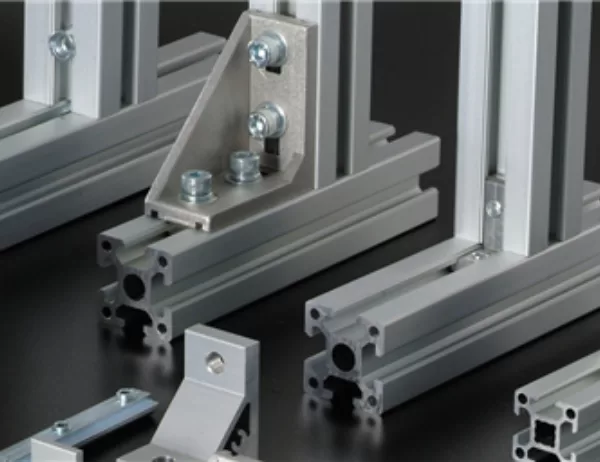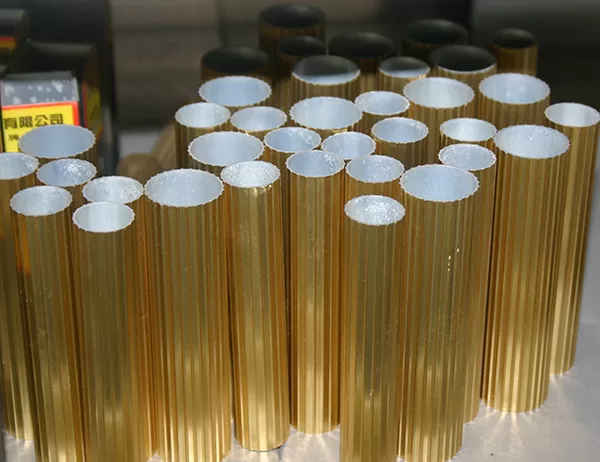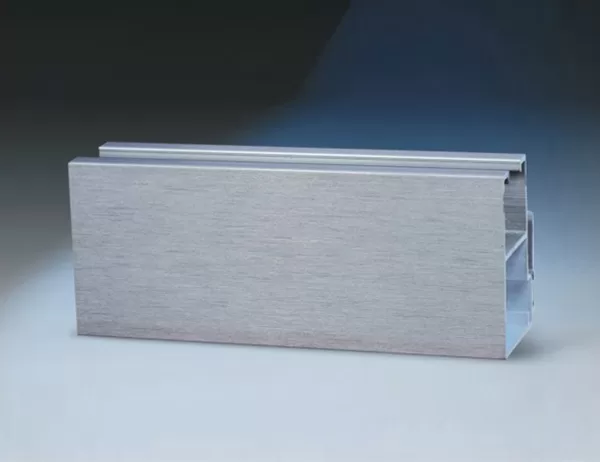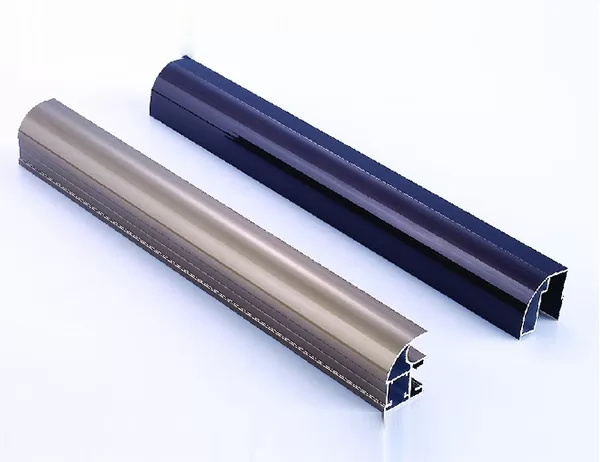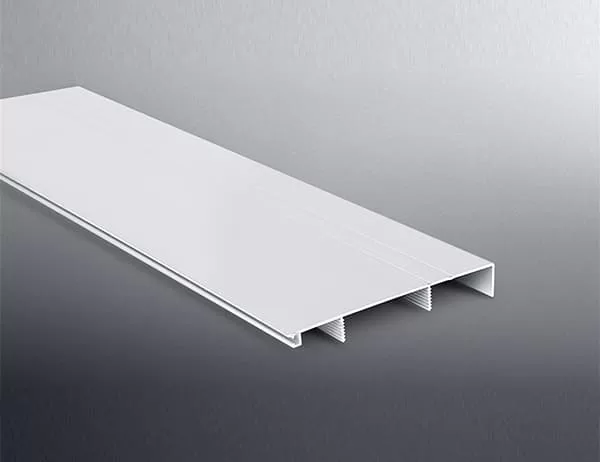As the world’s energy needs continue to grow, the development and implementation of solar energy solutions have become increasingly important. Among the various components that constitute solar power systems, solar aluminum profiles play a crucial role in the structural integrity and functionality of solar panels. In recent years, significant advancements have been made in the design, manufacturing, and installation of solar aluminum profiles. This article explores the future of solar aluminum profiles, highlighting key trends and innovations that are shaping the industry.
Increased Adoption of Lightweight Materials
The increasing cost of raw materials and the need for more efficient solar energy systems have led to the adoption of lightweight materials in the production of solar aluminum profiles. These materials, such as aluminum alloys and composite materials, offer a combination of high strength, low weight, and excellent corrosion resistance. By reducing the weight of solar panels, lightweight materials enable easier installation and reduce structural loads on rooftops.
Improved Corrosion Resistance
Solar aluminum profiles are frequently exposed to harsh environmental conditions, including extreme temperatures, humidity, and UV radiation. As a result, corrosion resistance is a critical requirement for their long-term durability. Recent advancements in surface treatment technologies, such as anodizing and powder coating, have significantly improved the corrosion resistance of solar aluminum profiles. These treatments create a protective layer that shields the aluminum from degradation, ensuring the longevity of solar panels.
Enhanced Structural Strength
The ability of solar aluminum profiles to withstand mechanical stresses is paramount to the performance and safety of solar energy systems. Innovations in profile design, such as the incorporation of reinforcement ribs and interlocking mechanisms, have enhanced the structural strength of these profiles. These improvements ensure the stability of solar panels under varying loads, including wind, snow, and seismic activity.
Optimized Heat Dissipation
Solar aluminum profiles act as a thermal conductor, transferring heat away from solar cells. In high-temperature environments, excessive heat can reduce the efficiency and longevity of solar panels. To address this challenge, innovative profile designs incorporate features that optimize heat dissipation. These features include increased surface area, improved air circulation, and the use of heat-resistant materials. By efficiently dissipating heat, solar aluminum profiles contribute to the overall performance and durability of solar energy systems.
Integration of Smart Technologies
The integration of smart technologies, such as Internet of Things (IoT) sensors and wireless communication modules, is transforming the functionality of solar aluminum profiles. These technologies enable real-time monitoring of the performance and health of solar panels. By collecting data on voltage, current, and temperature, IoT sensors provide insights into system performance and trigger alerts for maintenance or repair needs. This integration enhances the efficiency and reliability of solar energy systems, reducing downtime and maximizing energy production.
Conclusion
The future of solar aluminum profiles is characterized by a convergence of trends and innovations that are shaping the industry. The adoption of lightweight materials, improvements in corrosion resistance, enhanced structural strength, optimized heat dissipation, and the integration of smart technologies will continue to drive the development of high-performance and cost-effective solar energy solutions. As the demand for sustainable energy sources grows, solar aluminum profiles will play an increasingly vital role in the transition to a clean energy future.
